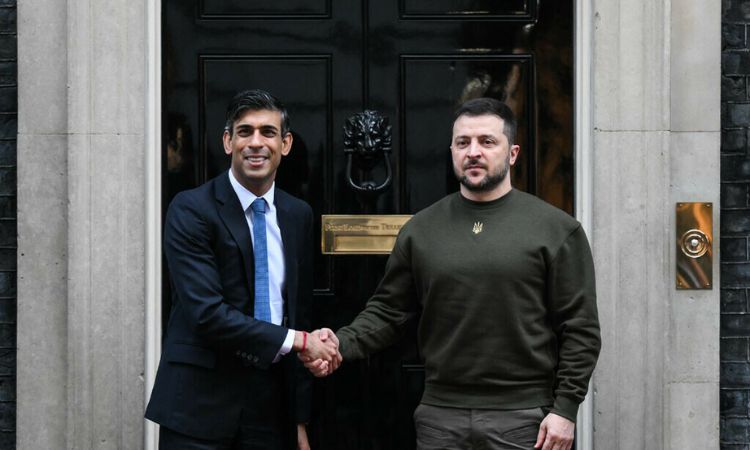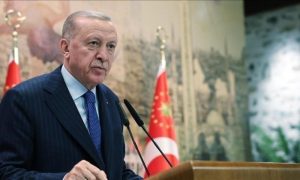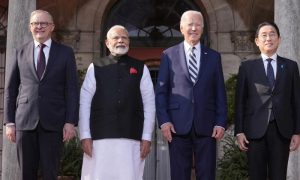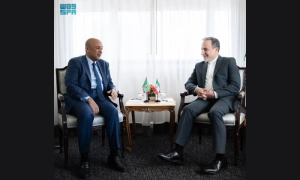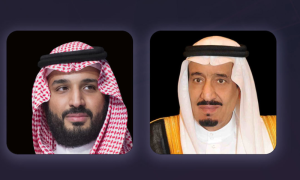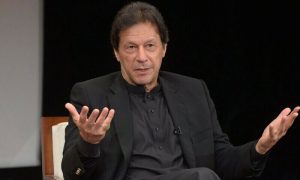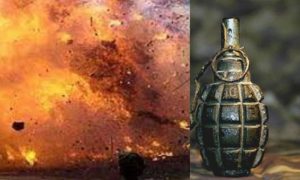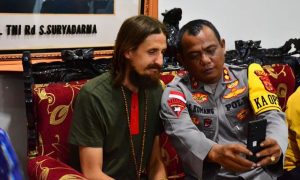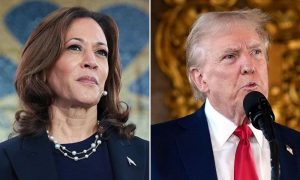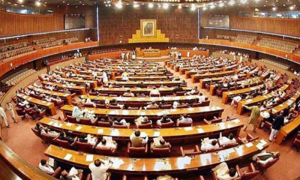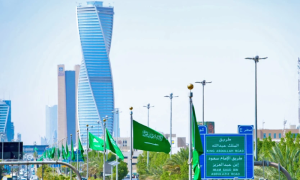Monitoring Desk
ISLAMABAD: Ukrainian President Volodymyr Zelensky arrived in Britain on Wednesday for just his second trip outside the country since Russia’s invasion began nearly a year ago.
After receiving a warm welcome in Washington last December, Zelensky was due to be feted in a speech to the UK parliament alongside meetings with Prime Minister Rishi Sunak and King Charles III.
Zelensky in Britain ahead of invasion anniversary
The Ukrainian President, dressed in his trademark olive-green top, was hugged by UK Premier Sunak after disembarking from a military transport plane at Stansted airport north of London.
The government of UK said it would offer advanced training for Ukrainian fighter jet pilots and marines, as Western allies debate stepping up military aid for Kyiv against a possible Russian offensive in the east.
After London, EU officials hope Volodymyr Zelensky will visit Brussels on Thursday, in the buildup to the one-year anniversary on February 24.
Ahead of the trip, President Joe Biden promised that the US would asist Ukraine for the long haul.
“We are going to stand with you, till the end,” Joe Biden said in the president’s annual State of the Union speech.
US support to Ukraine
“We are working for more freedom, dignity and more peace, not just in Europe, but everywhere,” The US President said, while addressing Ukraine’s ambassador to Washington, Oksana Markarova, who was in attendance.
After talks at 10 Downing Street and his speech in parliament’s historic Westminster Hall, the Ukrainian President was due to join Rishi Sunak on a visit to Ukrainian troops receiving training by the British military in southwest England.
Britain Support to Ukraine
“The prime minister will offer to strenthen the UK’s training offer for Ukrainian troops, including expanding it to fighter jet pilots to ensure Ukraine can defend its skies well into the future,” Sunak’s office said.
The training would “ensure pilots are able to fly sophisticated NATO-standard fighter jets in the days to come”, it added, however, Western countries have so far ruled out sending jets themselves.
Zelensky has won promises instead from allies for heavy tanks, amid warnings that Moscow is building up men and materiel for another major move in the east.
Moscow said Tuesday that its forces were advancing towards Bakhmut and Vugledar, two key centres of fighting in the eastern Donetsk region of Ukraine, now the flashpoint of the war.
On Tuesday, Denmark, Netherland and Germany promised that Ukraine would get at least 100 tanks in the “coming months”, as the German defence minister visited Kyiv.
The three European governments also said training and backing would be sent for the Leopard 1 tanks, ahead of the delivery of more advanced tanks in the future.
Last week, Rishi Sunak said sending the UK’s Typhoon and F-35 fighter jets to Kyiv would take “months if not years” of training and that the Premier was looking for the most effective way of helping Kyiv secure victory.
British Defence Secretary Ben Wallace has also warned that providing fighter jets to Ukraine would not be a “magic wand” in the war, although he refused to rule out the idea.
The United States has so far rejected any deliveries of F-16 warplanes to Ukraine, but other partners including Poland have shown themselves more open to the idea.
Volodymyr Zelensky stopped in Poland on his way home from Washington last December.
The UK government says it has already trained 10,000 Ukrainian troops “to battle readiness” over the past six months and will train 20,000 further this year.
Britian has already agreed to send 14 of its Challenger 2 tanks to Ukraine.
Germany recently gave the green light for Leopard battle tanks to be sent by allies while Berlin has now moved, other nations that previously committed to sending the tanks now appear to be stalling.
Last week, Zelensky urged Western countries to speed up deliveries of weapons, particularly long-range missiles, so his forces can fend off Russian advances in the Donetsk region.









